Subsea Smart Hubs joint industry project kicks off
A brand-new innovative project for the floating wind industry has just got underway! SuperGrid Institute, Aventa and SCM have joined forces in a joint industry project (JIP) to improve the cost and risk effectiveness of alternative inter-array cabling (IAC) solutions combined with subsea smart hubs for use in future commercial floating wind farms.
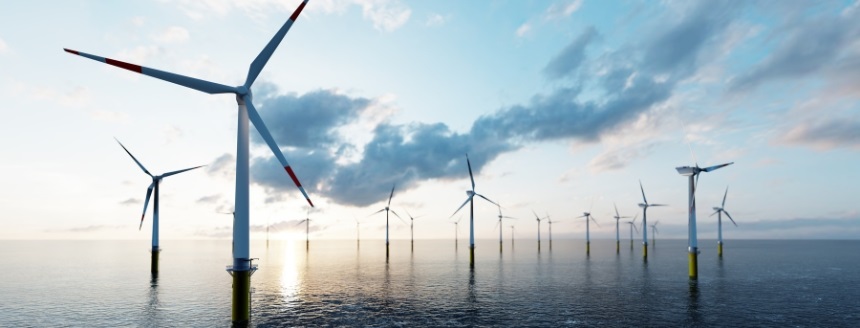
Offshore wind farms: a booming sector with motivated stakeholders
The word on the street at the wind energy trade shows we’ve attended this year is that offshore is the place to be!
It is now widely accepted that offshore wind power is the inevitable future market for renewable energy production. Floating wind farms specifically are now being considered as the next possible step on the way to fulfilling our wind energy production goals.
Our exchanges with industry actors have shown a growing interest in the technologies and solutions surrounding floating wind, making it the perfect time to launch this JIP!
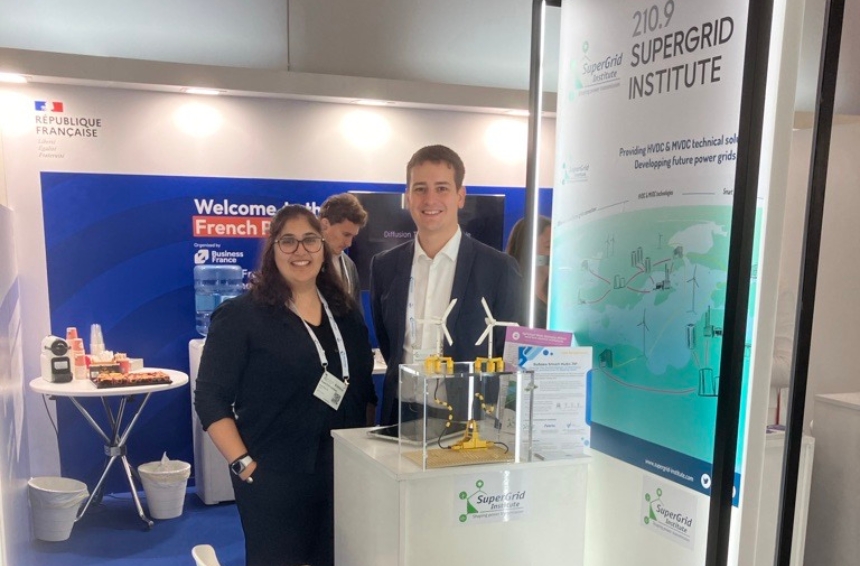
Our team at WindEnergy Hambourg 2024.
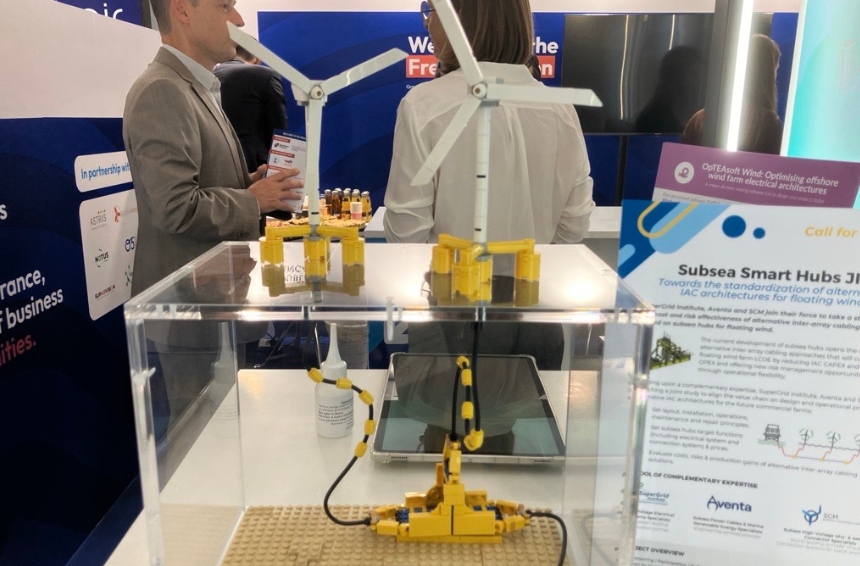
Smart hub lego mock-up.
Working towards standardised inter-array cabling solutions for floating wind power
The massive development of offshore wind energy brings with it the challenge of how best to transport this energy to consumption sites.
The development of subsea smart hubs opens the door to alternative inter-array cabling approaches that will cut down floating wind farm levelized cost of energy (LCOE) by reducing IAC capital expenditure (CAPEX) and wind farm operational expenditures (OPEX) and offer new risk management opportunities through operational flexibility.

The consortium members, together with the JIP contributors EDF Renouvelables, RWE, ESB and Total Energies, are pooling their complementary expertise to find a consensus between all levels of the floating wind value chain on standardised design and operational principles for alternative IAC architectures using subsea hubs in commercial floating wind farms.
Specifically, the project aims to:
- Set layout, installation, operations, maintenance and repair principles.
- Set subsea hub target functions (including electrical system and connection system) & prices.
- Evaluate costs, risks & production gains of alternative inter-array cabling solutions.
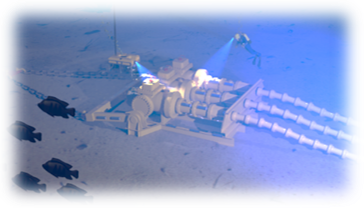
A collaborative approach, pooling expertise from the whole value chain
Aventa, an engineering services provider specialising in subsea power cables & marine renewable energy, and SCM (Systèmes et Connectique du Mans), a world leading provider of subsea connection systems for harsh environments, have come together with SuperGrid Institute to pool their expertise and work collaboratively towards developing cutting-edge solutions for floating wind farms and beyond.
The project is supported by contributors, EDF Renouvelables, RWE, ESB and TotalEnergies, who each have their own vision and experience of the design and operational requirements of IAC architectures. This rich knowledge will provide the foundation for the specifications of the case studies that will be developed by the consortium members during the project and fuel their research. The contributors will also attend workshops where they will provide feedback on the attractivity, and feasibility of the cases presented by the consortium.
The implication of each contributor, from different positions in the floating wind value chain, testifies to the value of standardised inter-array cabling solutions for the whole offshore wind industry.
The richer the input from our industry contributors, the richer the conclusions of the project! The Subsea Smart Hubs JIP is still accepting new contributors so if you want to help shape the project’s case studies and be the first to receive our conclusions, get in touch now!
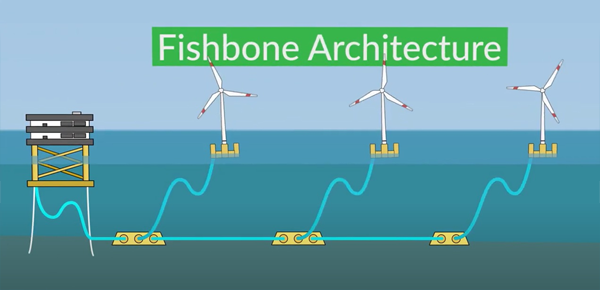
SuperGrid Institute coordinates and performs technical analyses
SuperGrid Institute is playing a pivotal role in the Subsea Smart Hubs JIP. We will be leading the project management work package and taking part in the steering committee to decide on the direction of the project.
In addition, our experts will be leading several technical tasks such as defining the IAC system requirements and performing a situation analysis, analysing the requirements and standards gap, performing a reliability comparative analysis and defining the hub specifications & recommendations for hub-based architectures, amongst others.
The Subsea Smart Hubs JIP is running until September 2025!
If you’re interested in taking part or want to know more about the project’s results, get in touch!



